Radar technology is essential for flight safety, precision navigation, space applications, and more. To meet future electromagnetic spectrum operating requirements, modern radars are increasingly being designed to be frequency-flexible with simultaneous perception modes using electronically scanned arrays—ultra-broadband active electronics to flexibly adapt to electronic warfare and the ever-changing electromagnetic spectrum.
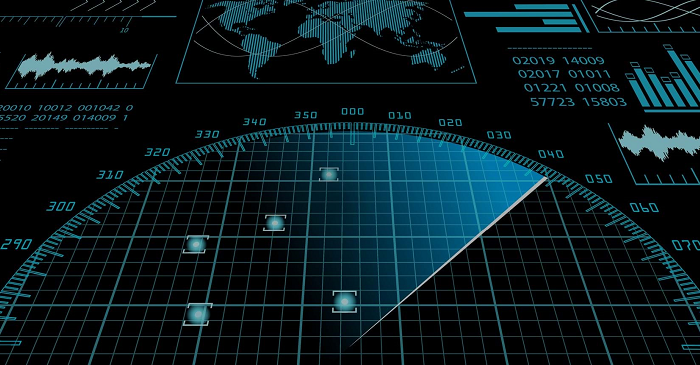
Solution Overview
Radar technology is a critical capability for flight safety, precision navigation, space applications, and more. To meet future electromagnetic spectral operation requirements, modern radars are increasingly being designed to be frequency agile with cognitive and multi-modes while utilizing ultra-broadband active electronically scanned arrays (AESA) to dynamically adapt to the ever-changing electromagnetic spectrum. Additionally, modern radars are increasingly being designed with the goal of improving EW resilience and low probability of intercept (LPI) with multi-function and perception capabilities, Radar, EW and Comms.
Due to the increased complexity and cost of designs, finding issues before open-air range test has never been more important. Today, radar engineers are leveraging powerful modeling and simulation tools to digitally test systems prior to implementation. Most leading Radar Manufacturers leverage Hardware in the Loop integration testing to minimize risk and find problems early in the design cycle. The Radar System Simulator is a powerful system for populating real Radar systems in the lab or during production testing to validate system performance or provide final functional testing before when deployed.
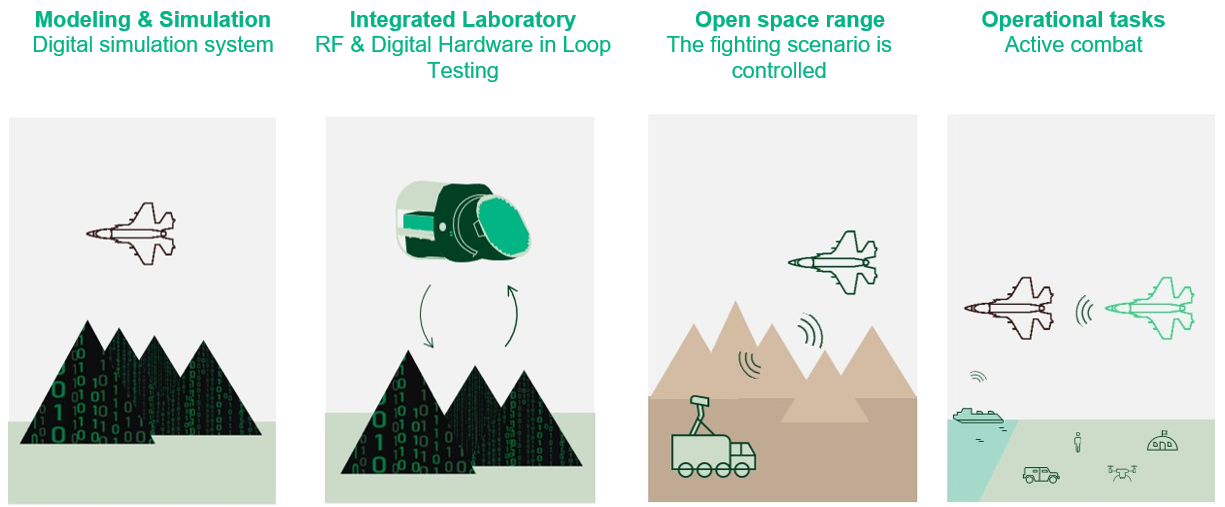
The future
The VI signal generation library includes features CW, LFM, NLFM, FSK, SFM, P1, P2, P3, P4, Zadoff-Chu, Frank, with PW and PRI schema configurations.
Radar Simulation Parameters
With easy to use, interactive interface panels for developing and debugging systems, to automatable APIs for deploying both characterization as well as production test systems, the RADAR SIMULATION provides a unified software experience for Radar. In addition to easy-to-use panels, the library also includes support for several development environments including LabVIEW, C, C#, and .NET, as well as for FPGA programming.
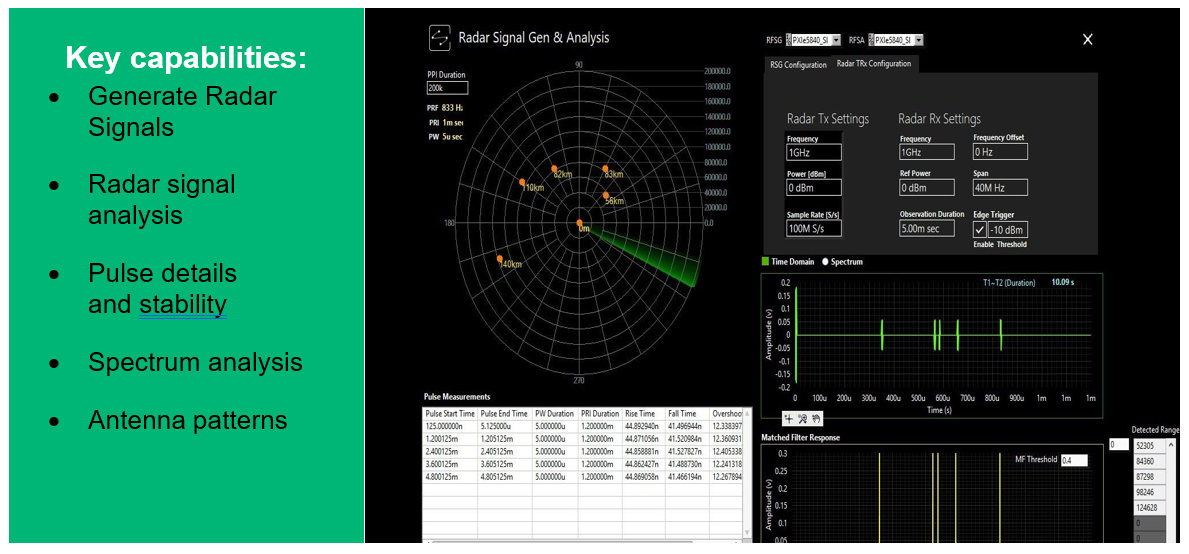
Transmit and analyze Radar signals
Parameters
- Radar Waveforms: Signal generation library includes CW, LFM, NLFM, FSK, SFM, P1, P2, P3, P4, Zadoff-Chu, Frank, and Barker features with PW and PRI schema configuration
- Ability to train impulses:
- Flexibility in frequency: Fixed, Linear/ Non Linear Step, Hopping, List/ Random
- Flexibility in pulse width: Pulse Width Agility: Fixed, Linear/ Non Linear values, List/Random
- PRI: Fixed, Stagger, Jitter, Linear/Non Linear, List/Random
- Modulation: Pulsed, Phase coding
- Antenna
- Antenna radiation diagram: azimuth, elevation, raster
- Antenna type: Isotropic, Sine, Cosec-Squared, Cosine-Squared, Fan, Fan, Phased Array, Digital beam forming
- Antenna scanning type: Lock, Circular, Sector
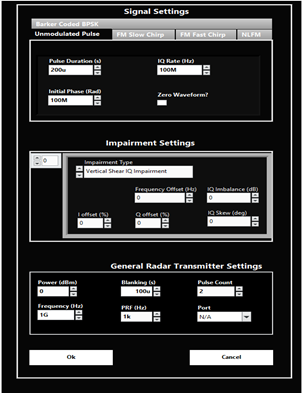
Radar Target Generator
The Radar Target Generation (RTG) Driver provides additional functionality for the PXIe Vector Signal Transceiver (VST) for radar system level test. The Vector Signal Transceiver (VST) combines an RF vector signal analyzer and generator with a programmable FPGA and digital interfaces for real-time signal processing and control.
The RTG driver is built on top of the VST as a closed-source, license-restricted, and pre-compiled FPGA personality that allows the VST to operate as a closed-loop, real-time radar target generator. With this driver, engineers can inject up to four independent targets with configurable range (time delay), velocity (Doppler frequency offset), and path loss (attenuation) into a radar for testing. In its default personality, the VST is a calibrated RF generator and analyzer. Beyond the standard VST calibration, the RTG driver includes a loop-back calibration, which enables users to apply accurate time delay and attenuation by de-embedding residual and external cabling and fixture effects. The RTG Driver is a great solution for engineers needing to do basic functional validation of radars, production tests, or MRO.
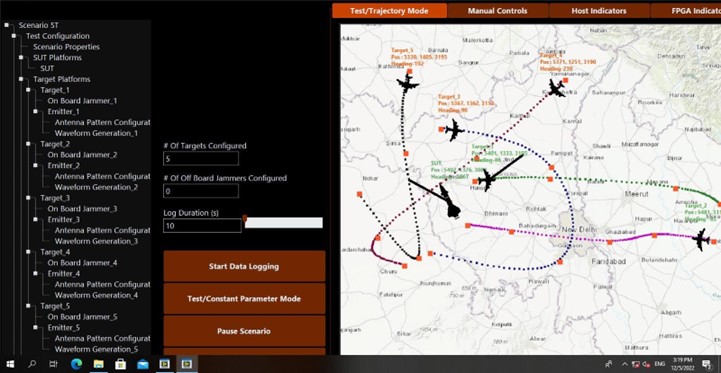
Echo Simulator supports target echo simulation for fast single pulse identification and tracking radar using 4-channel coherence simulation for Sum, ΔAz, ΔEl and Guard.
Operating frequency ranges from 1 GHz to 18 GHz with up to 1 GHz bandwidth; the system is capable of simulating echo signals with parameters Range, Doppler, Radar Cross Section, ECM Features, Antenna Patterns, Net Losses, etc .
Parameters:
- Frequency 9 kHz to 6 GHz
- Up to 1 GHz bandwidth
- Simulate 4 channel combination for Sum, ΔAz, ΔEl & Guard channels
- >8 targets per beam and 60 to 80 targets in complete Antenna Scan.
- Simulate trajectories for aircraft and targets using Constelli’s Combat Scenario Builder
- Target Simulation Scenario for Range, Doppler and RCS models – Swerling models 0,1,2,3 & 4
- ECM features such as RGPO/I, VGPO/I and Jamming
- Overlapping goals
- Simulate Antenna diagram
- Comprehensive guide documents

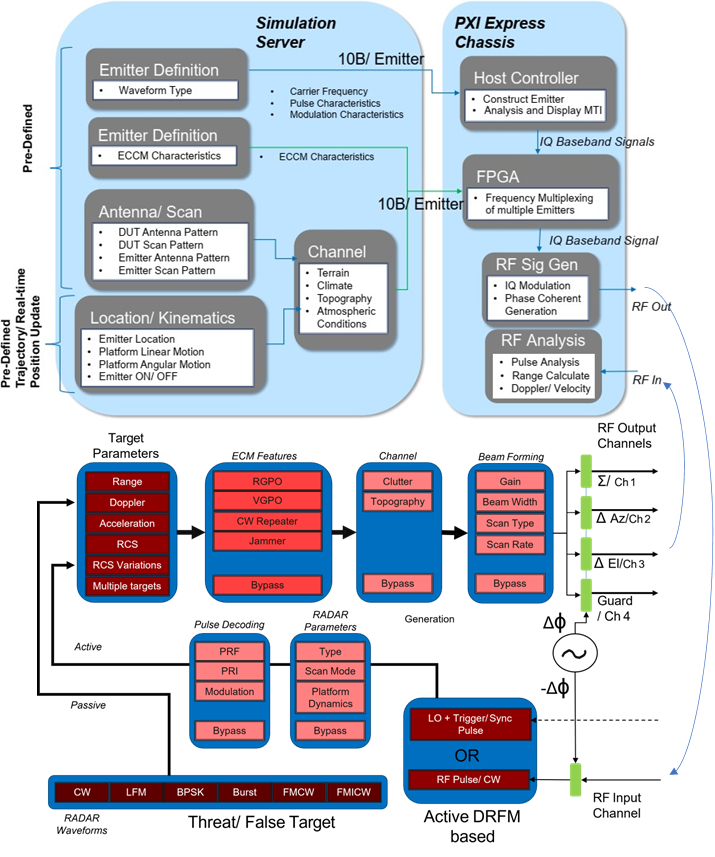
FPGA programming and integrated software
With the need for accuracy for flying objects, the STK software driver/plugin is integrated to help create simulated flying target parameters that are close to reality.
Additionally, the system implemented with open-feature FPGA programmability can help researchers and students obtain real-time I/Q data for their purposes.
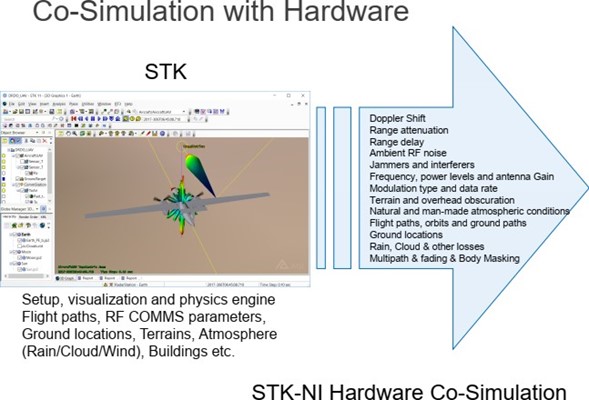
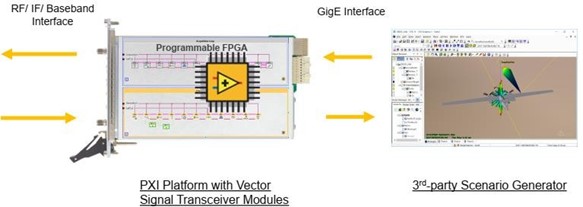
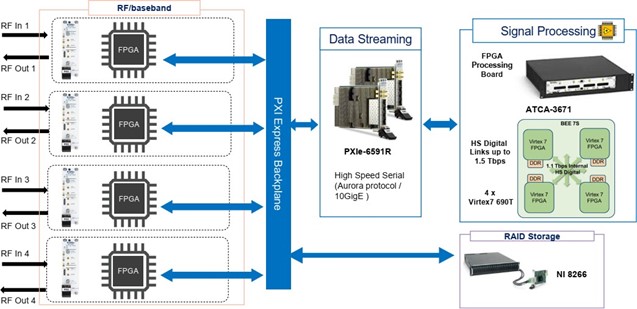
System Overview
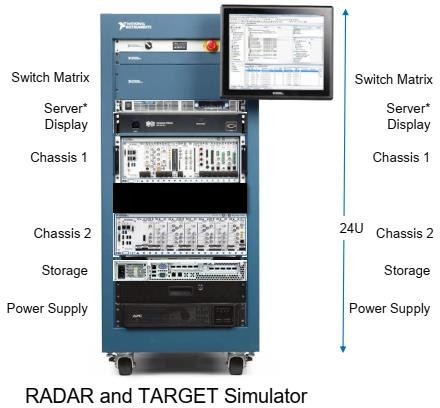
Our company always wishes to become a reliable partner and a leading supplier of equipment and solutions for the success of our customers. For more detailed information, please contact:
MITAS Hanoi Technology JSC
Address: 5th Floor, C’Land Building, No. 81 Le Duc Tho St., My Dinh 2 Ward, Nam Tu Liem Dist., Hanoi, Vietnam
Web: https://mitas.vn | Tel: (+84) 243 8585 111 | Email: sales@mitas.vn
The trust and support of our customers are a driving force and an invaluable asset to our company. We sincerely thank you./.

